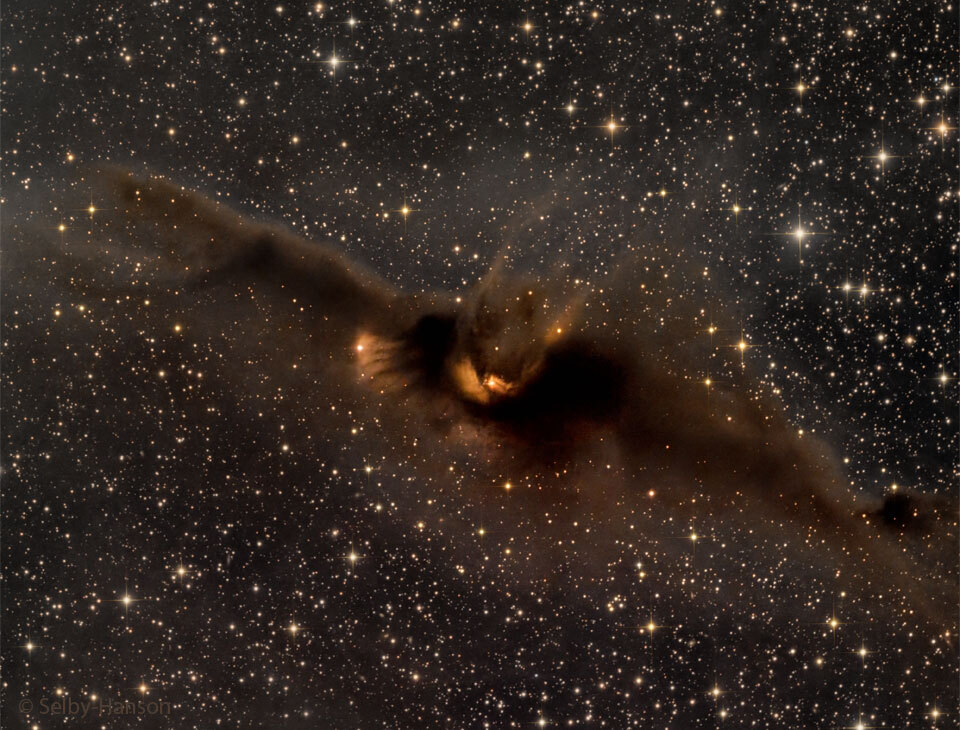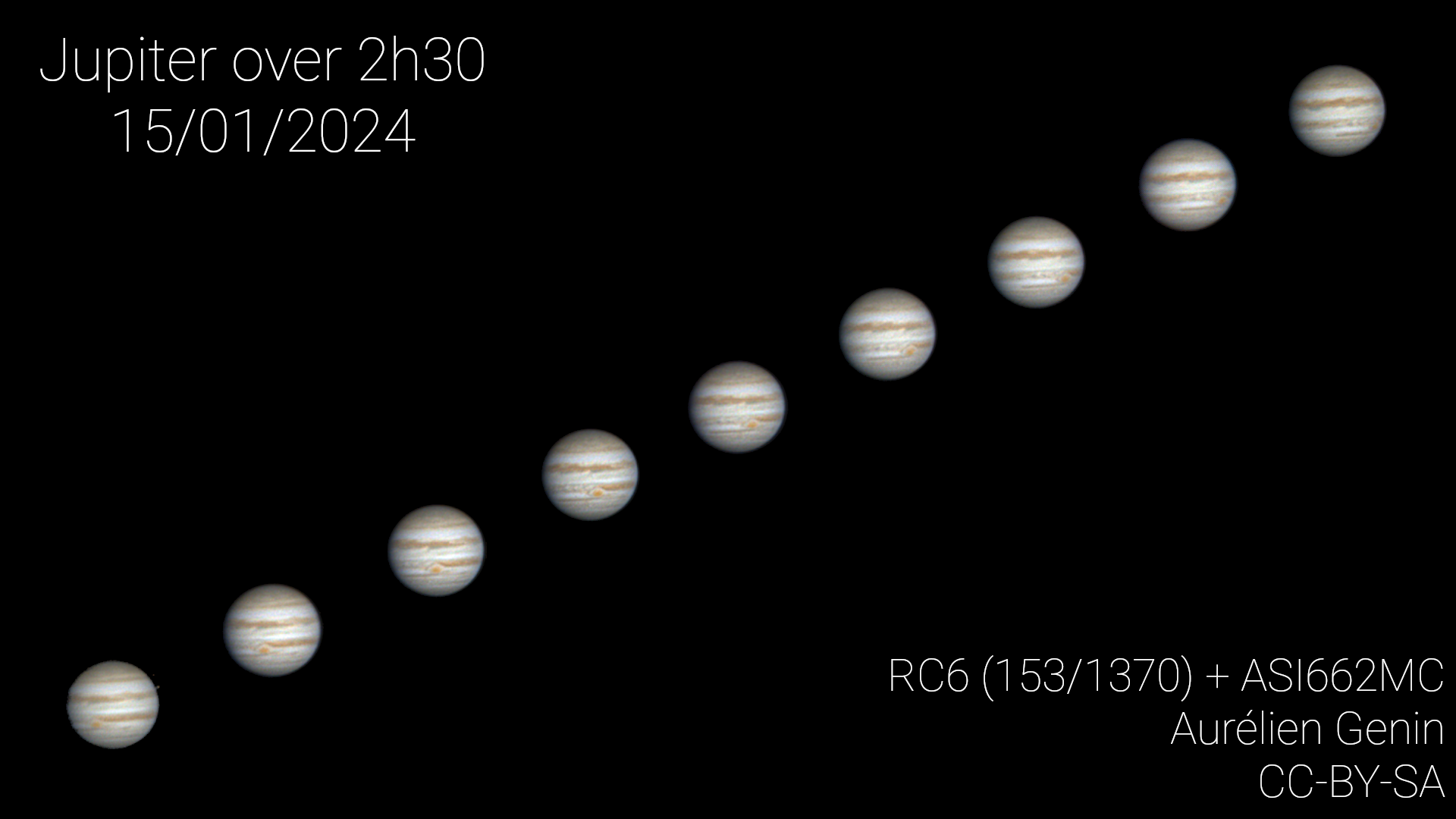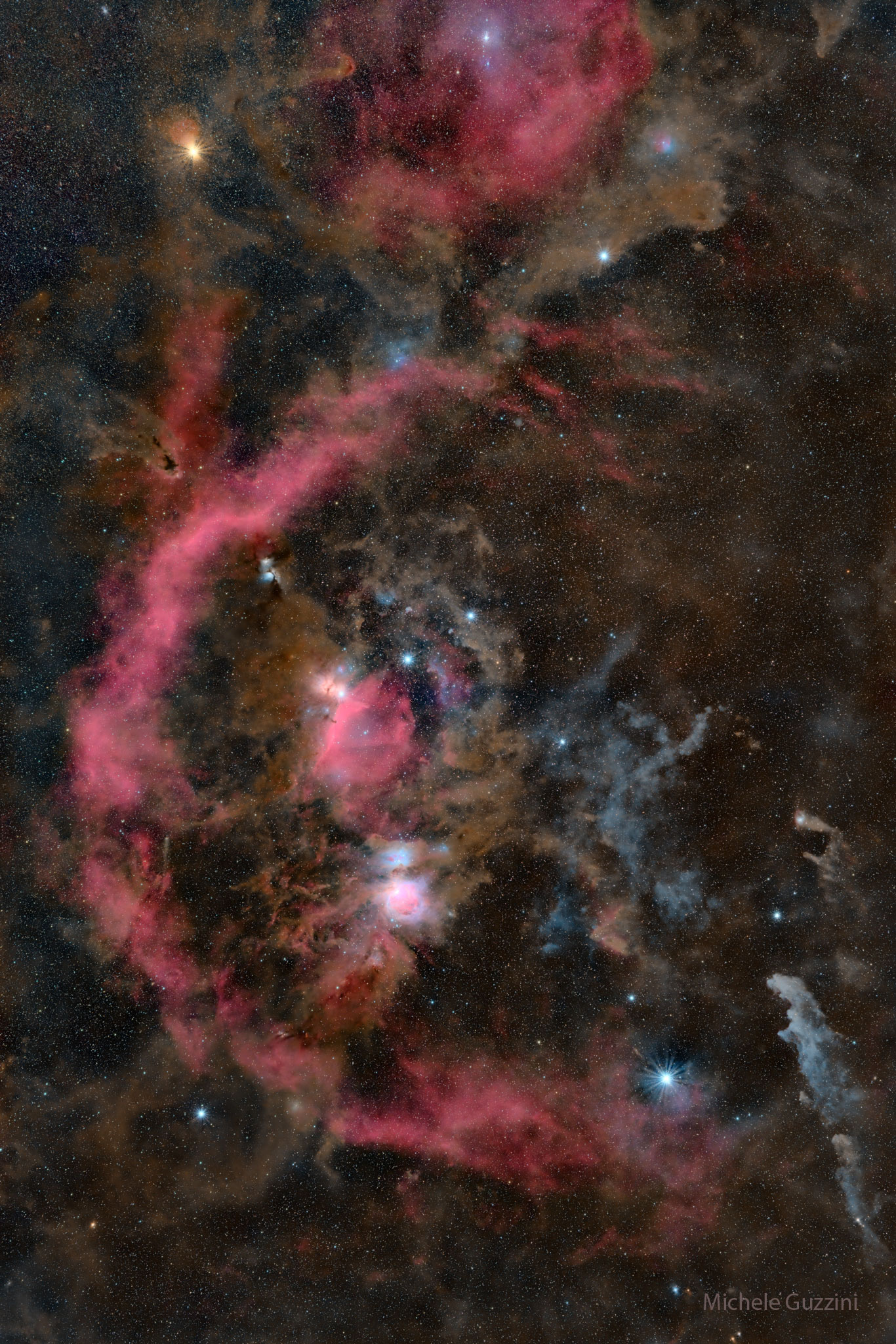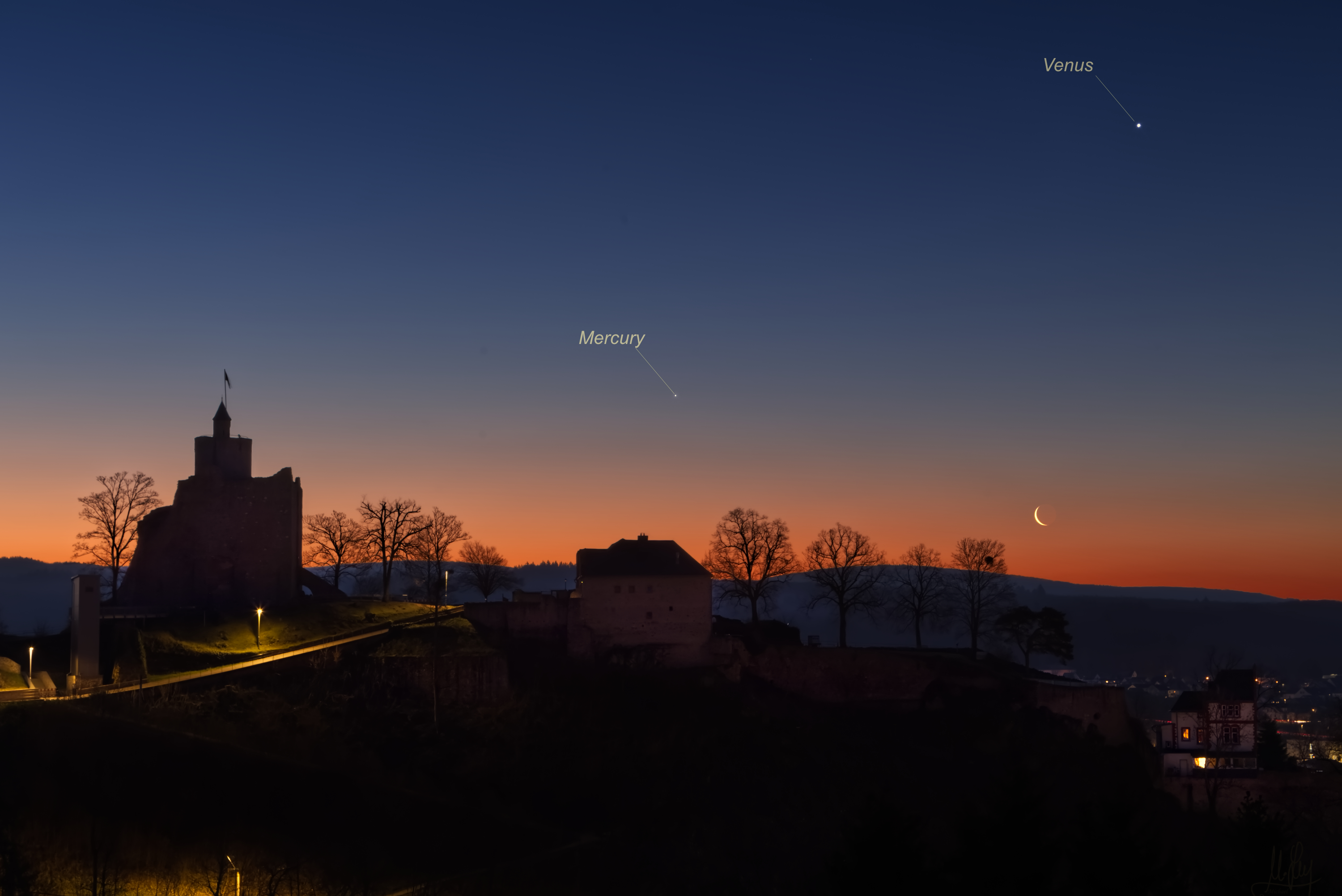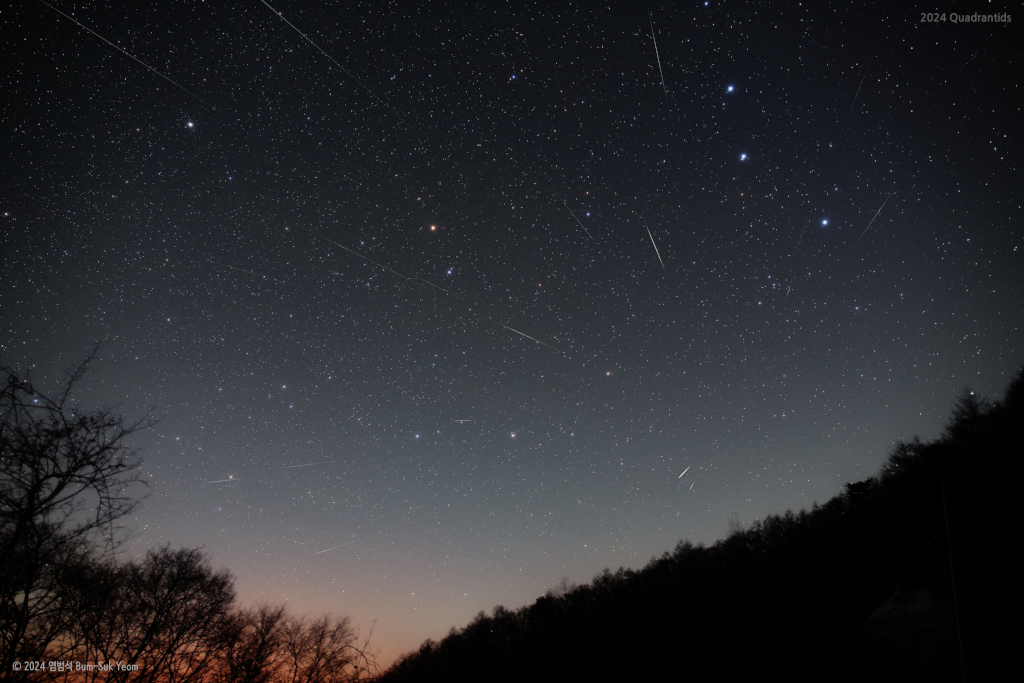451
452
453
454
14
Clashing Cosmic Numbers Challenge Our Best Theory of the Universe | Quanta Magazine
(www.quantamagazine.org)
455
456
457
458
459
460
461
85
James Webb telescope discovers the oldest, most distant black hole in the universe
(www.livescience.com)
462
463
464
465
466
467
49
Nasa unveils quiet supersonic aircraft in effort to revive commercial flights
(www.theguardian.com)
468
469
471
111
NASA Finally Removes Last Two Fasteners To Access Historic Bennu Asteroid Sample
(www.iflscience.com)
472
473
474
475
18
A Jupiter-sized planet has been hiding a big secret: A 350,000-mile-long tail
(newsroom.ucla.edu)
